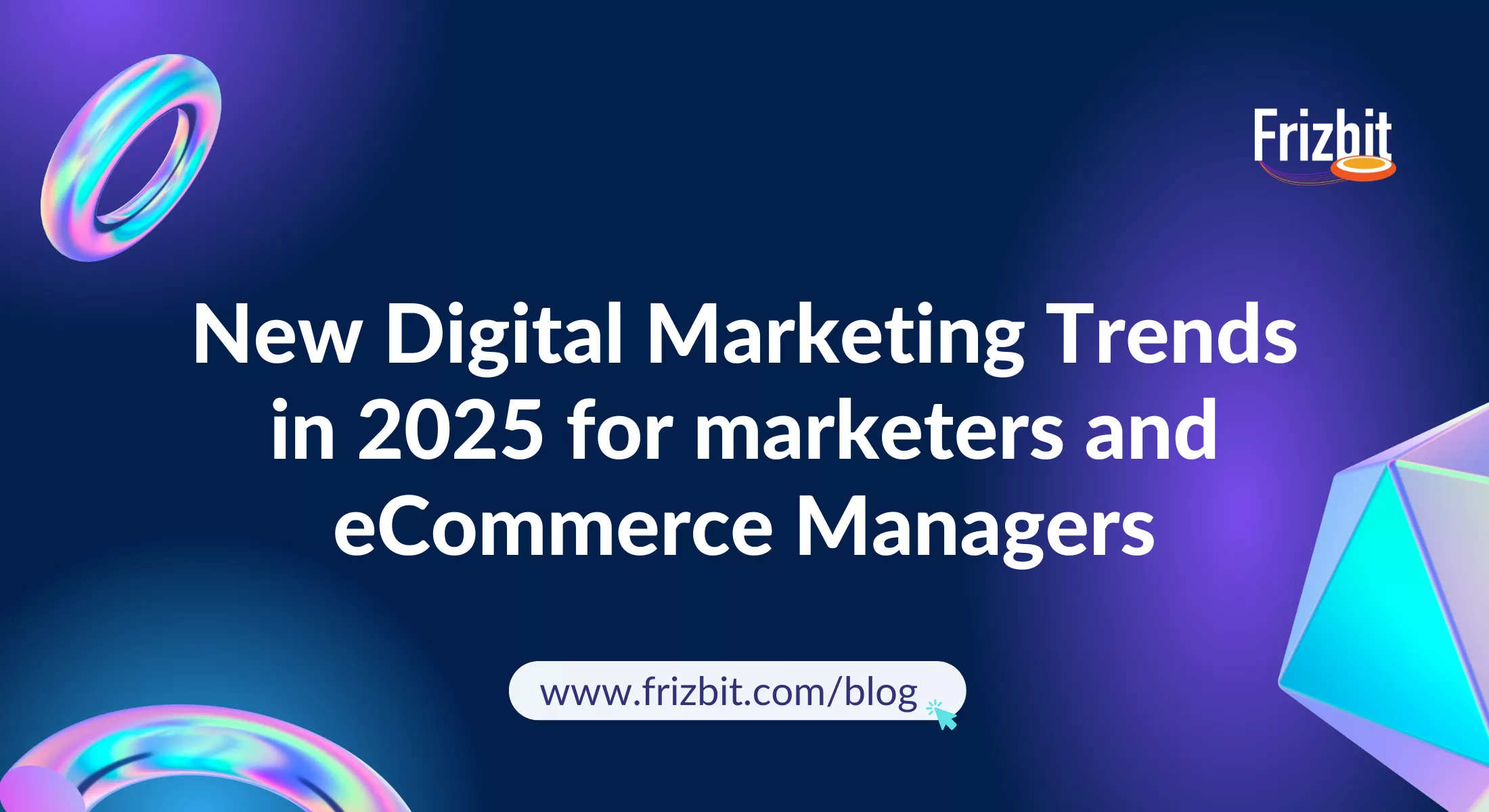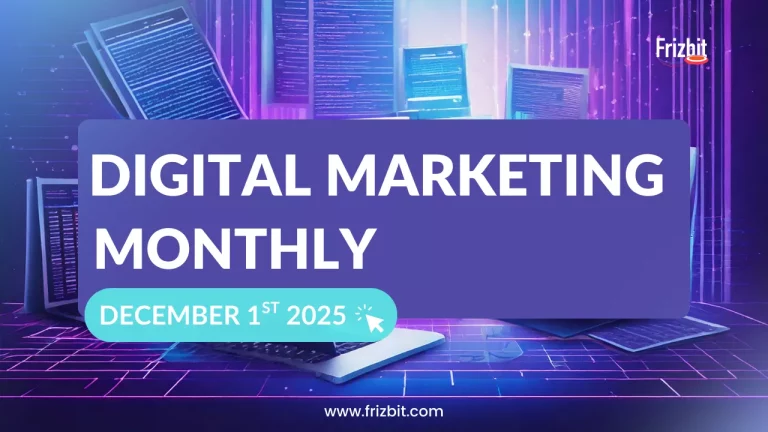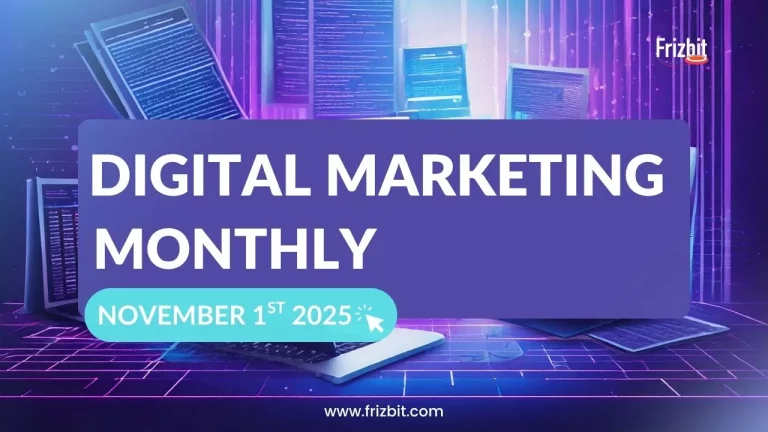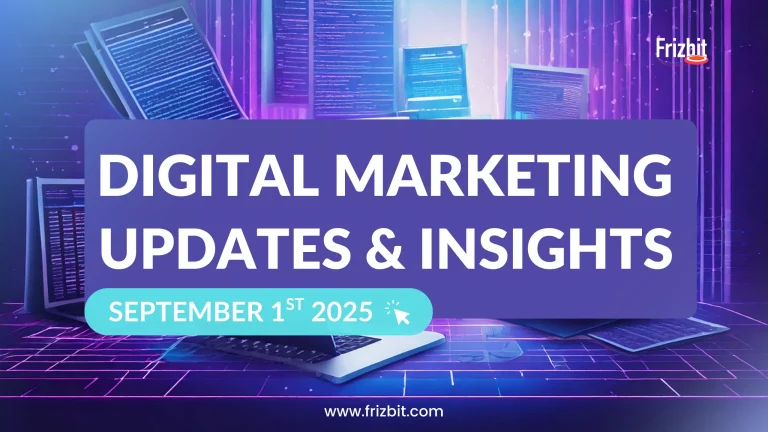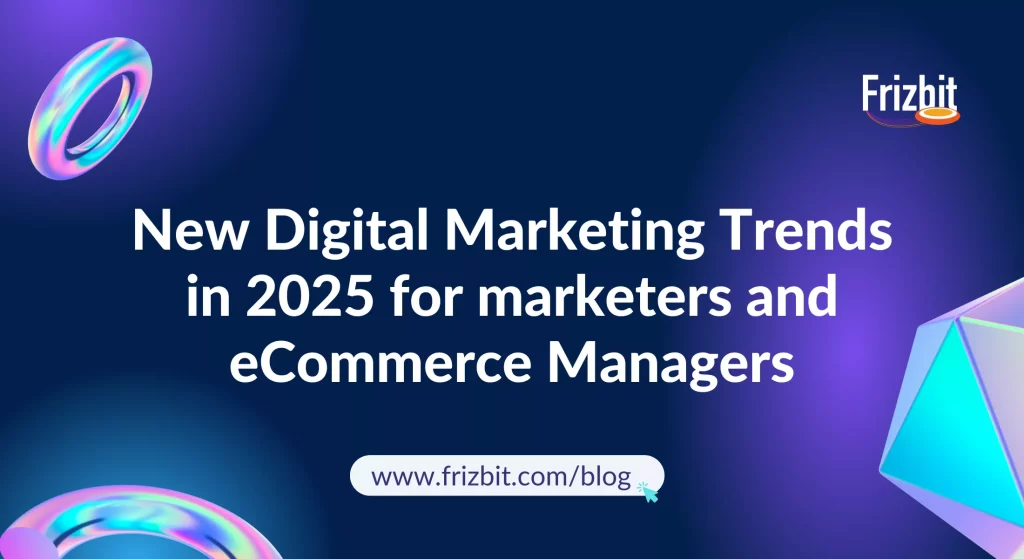
Remember the buzz around ChatGPT in late 2022? The farewell to third-party cookies in 2024? Well, 2025 is shaping up to be even more transformative.
Think about how dramatically our industry has evolved: We’ve moved from relying on 3rd-party cookies to powerful first-party data strategies, AI has matured from simple content generation tools to almost autonomous marketing agents that can handle complex campaigns.
Meanwhile, the social media has also faced a shift, with users migrating from established platforms, like X, to newer spaces – ahem, hi, Threads, that prioritise authentic connections over algorithmic feeds.
But here’s what’s fascinating about 2025: It’s not just about technological improvements any more. We’re witnessing a fundamental shift in how consumers interact with digital content, how brands measure success, and how marketing teams operate.
The numbers speak by themselves:
- Traditional search volume is predicted to drop by 25% by 2026 –Thanks, ChatGPT
- Social commerce is set to exceed $1 trillion by 2028
- AI agents are transforming how businesses operate, with 50% adoption by 2027
- 52% of people actively disengage from content they suspect is AI-generated
What’s particularly fascinating about 2025 is the conflict between technological innovation and human connection. While 71% of marketers expect AI to function as an always-on-task assistant, we’re also witnessing a powerful push towards authenticity and privacy-first marketing.
So what are the major shifts reshaping our industry with the digital marketing trends for 2025? Let’s dive into the trends that matter.
Top Digital Marketing Trends for 2025:
Data & Measurement Evolution: The Privacy-First Era
1. The cookieless reality: first-party data becoming relevant
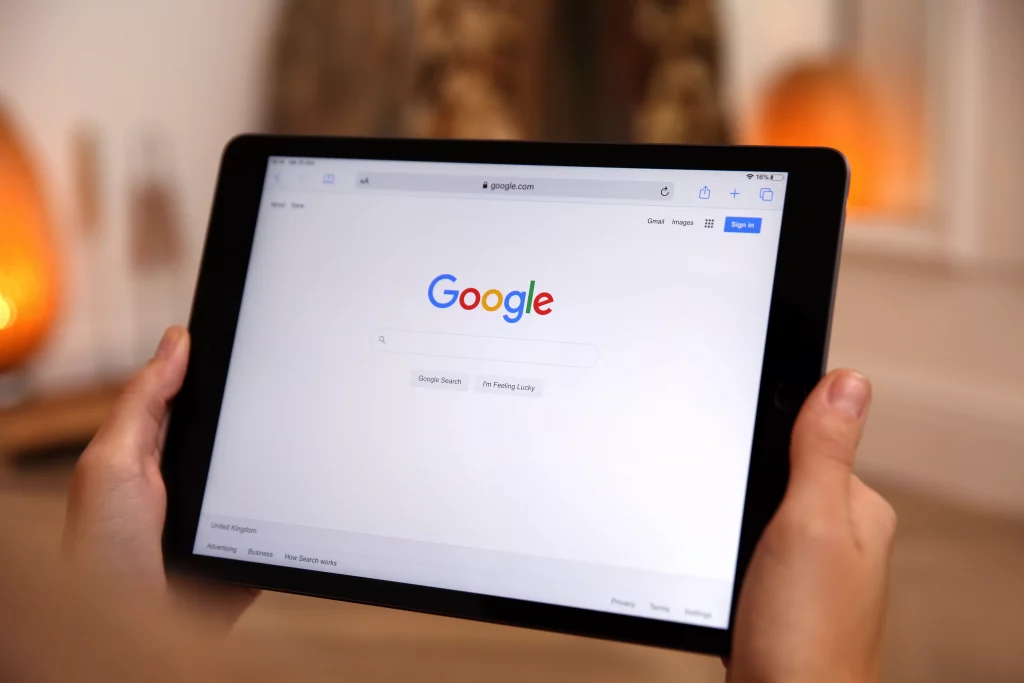
2025 represents our first full year without third-party cookies in Chrome, marking a historic shift in digital advertising and marketing. This isn’t just a technical change — it’s fundamentally transforming how businesses build relationships with their customers.
Companies that invested early in robust first-party data strategies are seeing significant advantages in personalisation, customer retention, and marketing effectiveness.
While 3rd-party cookies once powered much of digital advertising, 1st-party data is proving to be far more valuable for creating bespoke customer experiences.
This digital marketing trend for 2025 is about building direct, trustworthy relationships with customers while delivering personalised experiences that respect privacy preferences.
Why 1st-party data is winning
The strength of 1st-party data lies in its quality and reliability. Consider these advantages:
- Direct customer relationships providing accurate, real-time behavioural data
- Enhanced compliance with privacy regulations like GDPR and CCPA
- Improved customer trust through transparent data collection
- More accurate customer insights leading to better hyperpersonalisation
- Longer data retention periods compared to traditional cookie-based approaches
2. The evolution of marketing mix models

In response to this shift, Marketing Mix Models (MMMs) are experiencing a significant comeback. Today’s MMMs have evolved far beyond their traditional capabilities:
- Enhanced data integration: Modern MMMs can merge with other methodologies such as incrementality testing and attribution, providing a more complete view of marketing performance
- Real-time processing: Unlike traditional models that took weeks to generate insights, current MMMs offer immediate feedback for quick strategy adjustment
- Channel-specific insights: New capabilities encompass always-on channels like Search, providing unprecedented visibility into marketing performance
- Accessibility: Tools like Google’s Meridian are making sophisticated measurement available to a broader range of organisations
Social media’s trends for 2025:
3. Power shifts and platform evolution
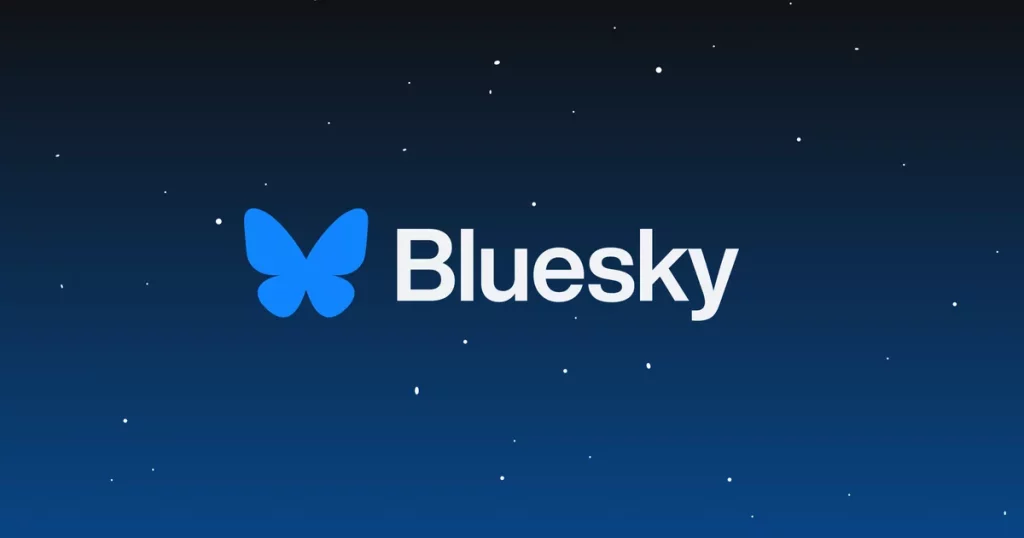
We’re sure if we think of social media, we think of major platforms? 2025’s landscape tells a different story.
Bluesky has captured almost 25 million of users with its decentralised approach, Threads maintains 275 million monthly active users, and X’s decision to use content for AI training has triggered what many call a “Mass X-odus.”
What’s particularly fascinating is how these shifts are influencing content strategy and user behaviour:
4. The rise of employee-generated content (EGC)

Major brands are discovering that their most powerful advocates are often their own employees. Companies like IKEA, Semrush, Anthropologie, and Chipotle are seeing exceptional engagement through employee-led content.
Why? Because it offers something that branded content typically struggles to achieve – authentic, relatable perspectives from real people.
5. Community over celebrities: the new influencers

We saw how in recent years, influencer marketing led the eCommerce space and dynamics and the digital marketing trends for many years. The more popular the influencer was, the better results to be expected, coming at an also bigger pay check.
Well, 2025 marks a decisive shift away from traditional influencer marketing. Brands are now investing in:
- Community-driven events and activations
- Customer advocacy programs
- Live broadcast channels
- Collaborative content creation with actual customers
These shifts in social media dynamics aren’t just changing where we post — they’re fundamentally revolutionising how brands connect with their audiences.
The move toward employee-generated content and community-driven engagement signals a larger trend: authenticity and genuine connections are becoming the new currency of social media.
As platforms continue to evolve and fragment, the brands that will thrive are those that prioritise real human connections over manufactured reach.
The question isn’t whether to adapt to these changes, but how quickly you can pivot your strategy to embrace this new reality.
And speaking of adaptation, this brings us to another major shift in the digital marketing trends for 2025: the rise of AI agents and their impact on marketing operations.
AI Trends for 2025
6. The rise of AI digital agents: redefining marketing operations
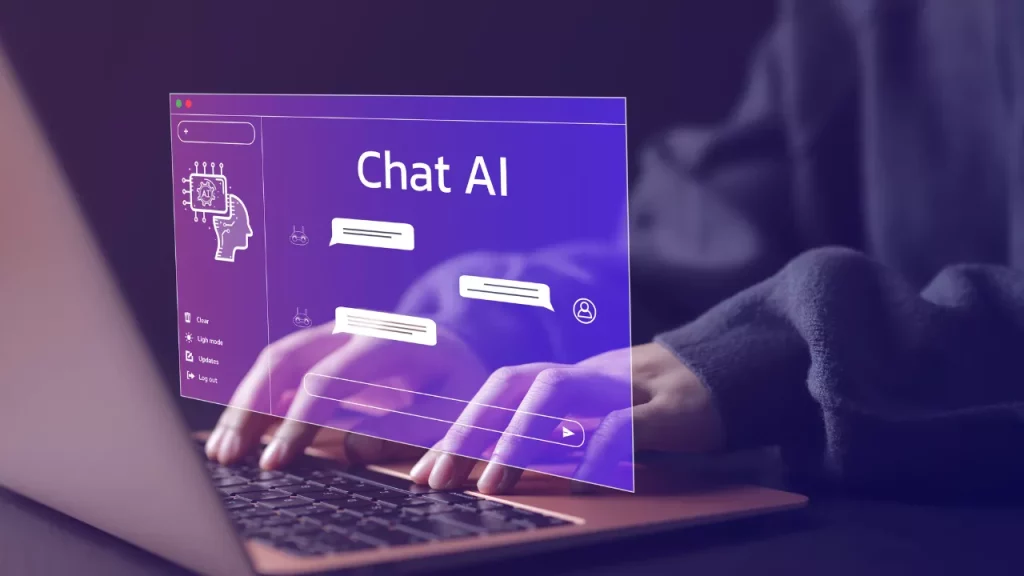
Remember when AI was just about chatbots and basic automation? Well, 2025 tells a rather different story.
With 25% of businesses already adopting AI agents and adoption predicted to reach 50% by 2027, we’re witnessing a fundamental shift in how marketing operations function. But what exactly makes these AI agents so different from their predecessors?
These aren’t just simple automated systems – they’re sophisticated “Chief Simplifier Officers” that can:
- Process multiple types of data simultaneously
- Make autonomous decisions based on complex parameters
- Handle intricate marketing workflows
- Adapt strategies in real-time
Take Kingfisher, for example. Have you wondered how AI could transform customer experience across multiple touchpoints?
The home improvement company has combined their product recommendations with Vertex AI Search and conversational AI, creating an agent that seamlessly processes text, voice, images, and video to assist both customers and employees.
This isn’t just automation — it’s advanced assistance that can understand context and adapt in real-time.
The result? A seamless experience that helps both customers and employees quickly access the information they need.
As AI agents become more sophisticated, the key to success lies not in replacing human creativity and intuition, but in enhancing it. The most successful brands will be those that find the sweet spot between independent AI capabilities and human strategic input.
7. “Search” evolution: beyond Google’s monopoly

Remember when “just Google it” was the universal answer to any question? 2025’s search landscape tells a rather different story.
Traditional search is declining:
- Gartner predicts a 25% drop in traditional search volume by 2026
- 58.5% of searches now end without a click (Zero-Click Searches)
- Users are finding answers through multiple platforms and formats
But what does this actually mean for businesses and marketers?
When we talk about Zero-Click Searches hitting 58.5%, we’re referring to searches that end right on the results page. Think about it — when was the last time you needed to click through to a website to find a phone number or business hours?
This happens because:
- Search engines show direct answers in results
- Featured snippets provide immediate information
- Rich results display key details without clicking
- Maps and local results appear directly in search
Where are people searching now?
Social Media as Search Engines
Instagram has become the go-to platform for visual discovery. Whether it’s restaurants, fashion, or travel destinations, people check Instagram first for authentic visuals and real experiences.
TikTok has evolved into a powerful search engine for how-to content and reviews. Its short-form video format makes complex information digestible and engaging. When was the last time you searched YouTube or TikTok for a quick solution?
Pinterest continues to dominate inspiration searches. From home décor to wedding planning, users turn to Pinterest for visual ideas and creative solutions.
LinkedIn has strengthened its position for professional and industry insights. Business decision-makers increasingly use it as their primary search platform for B2B solutions.
Specialised Platforms
Amazon has become the default product search engine. Most shoppers start their product research here, even if they buy elsewhere. Surprising, isn’t it, how rarely we Google products nowadays?
Industry-specific platforms have gained prominence. Whether it’s Houzz for home improvement or Healthline for medical information, users trust specialist platforms for depth of knowledge.
AI Chatbots and Assistants
ChatGPT and similar AI tools have revolutionised how we search for complex information. Instead of scrolling through multiple websites, users get direct, conversational answers.
From weather updates to quick facts, or theoretical explanation, we’re increasingly speaking our searches rather than typing them.
These are the most common usages and AI-search platforms:
- ChatGPT for detailed explanations
- Perplexity for real-time information
- Bard for creative suggestions
- Copilot for technical queries Notice how we’re increasingly asking AI for answers rather than scrolling through pages of results?
8. Google Ads in 2025: The fine balance of AI and control
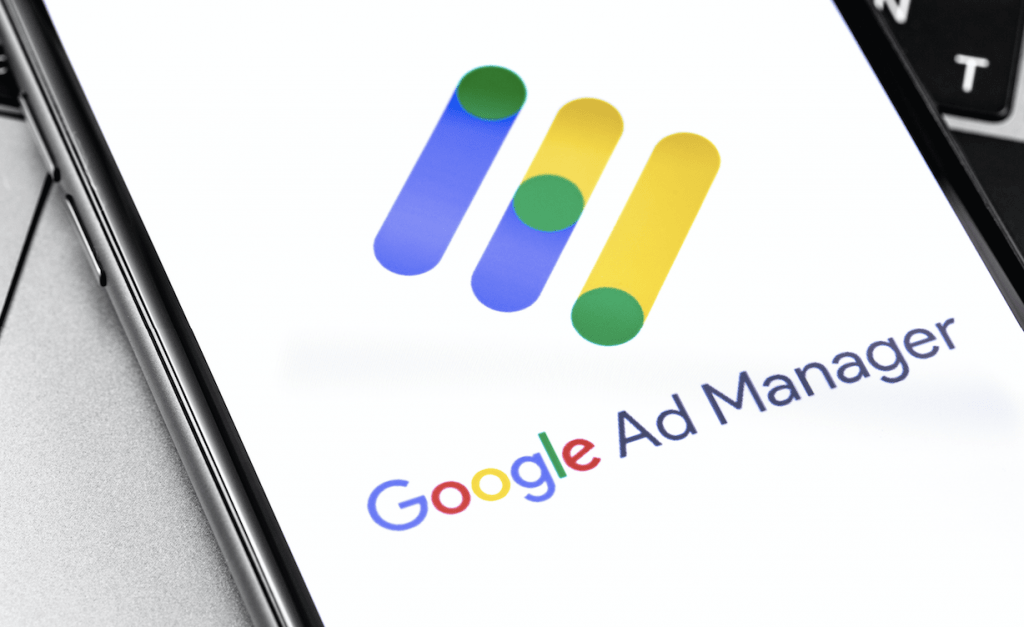
The role of AI in Google Ads has expanded significantly in 2025. It’s no longer optional – AI is now integral to creative production and campaign management.
Here’s what’s changed:
- AI generates and tests multiple creative variations
- Automated campaign optimisation becomes more sophisticated
- Smart bidding incorporates more signals and data points
- Predictive analytics guide budget allocation
But here’s what’s interesting: Google is giving advertisers more ways to guide their AI systems. In 2025, you can:
- Provide specific audience targeting instructions
- Set location-based parameters
- Define brand positioning guidelines
- Get more visibility into AI-driven decisions
Think of it like driving a modern car. While many features are automated, you still control the destination and can override when needed. In 2025’s Google Ads:
- AI handles the complex calculations and optimisations
- Advertisers guide the strategy and brand voice
- Performance data becomes more transparent
- Human oversight remains crucial
The key question is: How much control should you maintain versus delegate to AI?
Success in Google Ads now requires a hybrid approach. The winners will be those who learn to collaborate with AI rather than fight against or fully trust it.
9. AI Ethics and Transparency
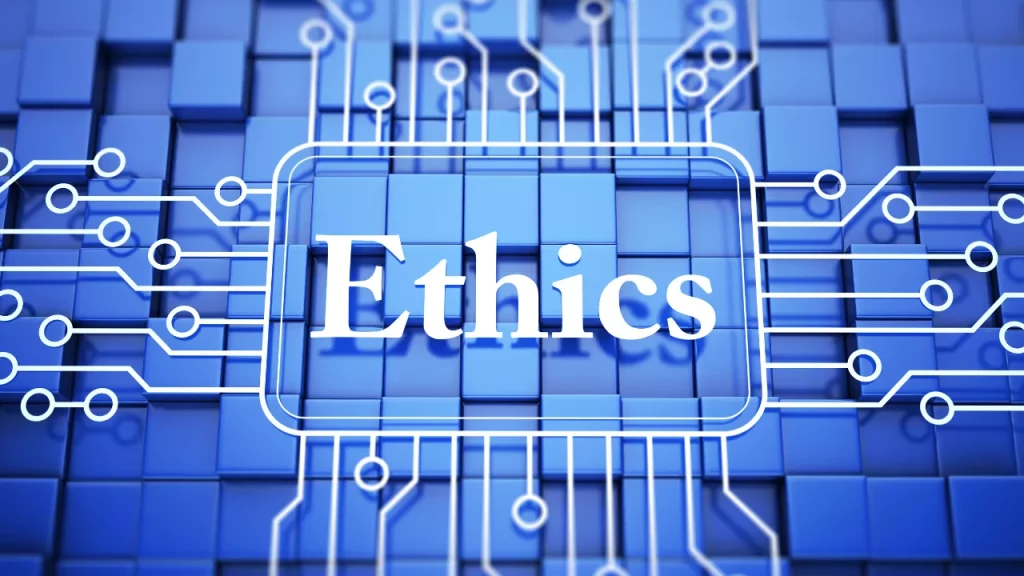
Consumer awareness of AI has reached unprecedented levels in 2025. They’re not just savvy about AI’s existence – they actively look for information about how brands use it.
Clear AI labelling has become mandatory, both legally and socially. Brands must explicitly state when content is AI-generated, whether it’s ad copy, customer service interactions, or product recommendations.
Transparent AI policies go beyond simple disclosures. Companies must explain how they use AI in decision-making, particularly for personalisation and customer segmentation. When was the last time you read a privacy policy that actually made sense?
Ethical data usage now requires detailed explanations of how customer data trains AI systems. Companies must provide clear opt-out options and data control mechanisms.
Human oversight teams have become as crucial as the AI systems themselves. These teams monitor AI outputs, ensure quality control, and maintain brand voice consistency.
10. Inclusivity: More than just representation
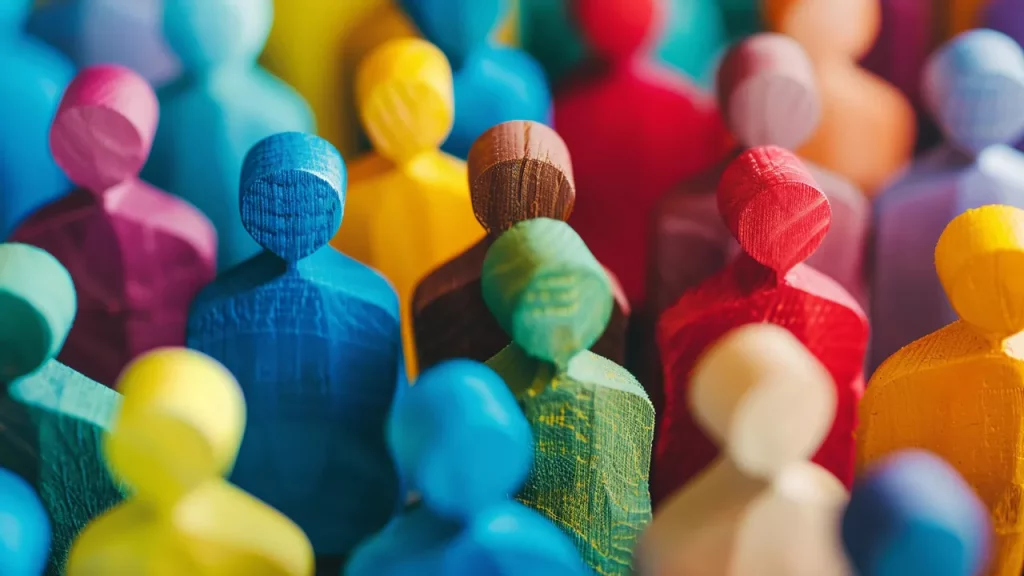
The 6x higher purchase likelihood for inclusive advertising has transformed how brands approach diversity. But in 2025, inclusivity means authentic representation at every touchpoint.
Active bias counteraction involves regular audits of marketing materials, AI training data, and campaign results to identify and eliminate unconscious bias. Have you checked your marketing for unintentional exclusion lately?
Diverse audience strategies now consider intersectionality. Brands recognise that audiences are multifaceted, with overlapping identities and experiences that influence their purchasing decisions.
Accessible content has become a priority. This means:
- Screen reader compatibility
- Multiple language options
- Alternative text for images
- Closed captions for videos
- Colour contrast considerations
Building trust in 2025 requires consistent transparency across all operations. Privacy policies have evolved from legal documents to trust-building tools.
Ethical data handling now includes:
- Regular data usage reports
- Clear data retention policies
- Transparent third-party sharing practices
- Simple data access and deletion processes
Authentic communication means showing the human side of your brand. Companies are sharing behind-the-scenes content, admitting mistakes, and maintaining open dialogues with customers.
Looking ahead: what’s next for digital marketing?
Let’s connect all the dots. Throughout this report, we’ve explored how 2025’s digital marketing landscape is shaped by interconnected trends. But what happens when these digital marketing trends?
We’re seeing the emergence of:
- AI agents that respect privacy and ethics
- Search experiences that blend multiple platforms
- Social media that prioritises authentic connections
- Marketing measurement that considers both profit and purpose
These aren’t isolated trends — they’re working together to reshape how brands connect with their audiences.
Imagine AI agents that not only handle complex tasks but do so while maintaining transparency and building trust. Picture search experiences that seamlessly integrate social proof and authentic content across multiple platforms.
So, what’s the key takeaway from all these trends? Success in 2025 and beyond requires a delicate balance between embracing innovation and maintaining human connection.
The future belongs to brands that can:
- Harness technology ethically
- Build genuine relationships
- Adapt to changing behaviours
- Maintain authentic connections
Think of it as a new marketing ecosystem where technology and humanity don’t just coexist — they enhance each other. Where automation doesn’t replace authenticity but amplifies it.
The question isn’t whether to evolve, but how to evolve while staying true to your brand’s core values and your customers’ needs.
